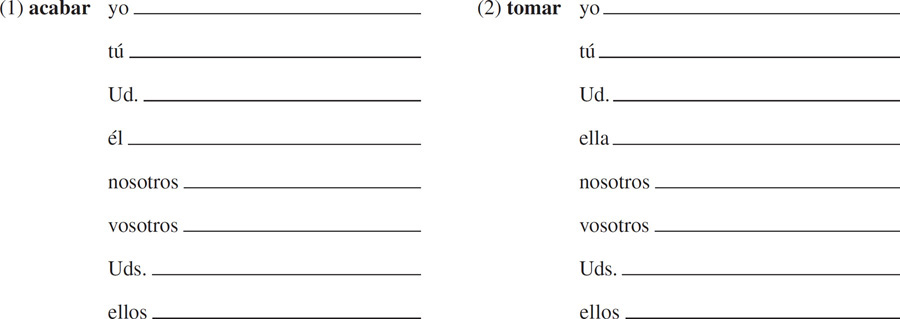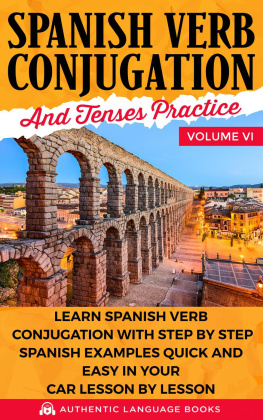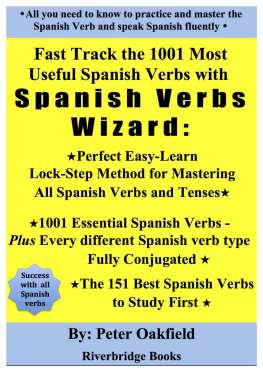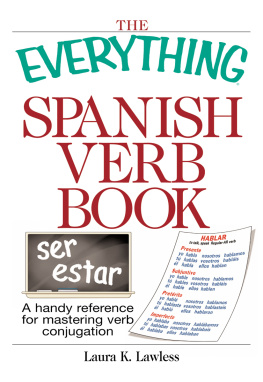 Copyright 2017 by McGraw-Hill Education. All rights reserved. Except as permitted under the United States Copyright Act of 1976, no part of this publication may be reproduced or distributed in any form or by any means, or stored in a database or retrieval system, without the prior written permission of the publisher. ISBN: 978-1-26-001067-1
Copyright 2017 by McGraw-Hill Education. All rights reserved. Except as permitted under the United States Copyright Act of 1976, no part of this publication may be reproduced or distributed in any form or by any means, or stored in a database or retrieval system, without the prior written permission of the publisher. ISBN: 978-1-26-001067-1
MHID: 1-26-001067-8. The material in this eBook also appears in the print version of this title: ISBN: 978-1-26-001066-4, MHID: 1-26-001066-X. eBook conversion by codeMantra
Version 1.0 All trademarks are trademarks of their respective owners.
Rather than put a trademark symbol after every occurrence of a trademarked name, we use names in an editorial fashion only, and to the benefit of the trademark owner, with no intention of infringement of the trademark. Where such designations appear in this book, they have been printed with initial caps. McGraw-Hill Education eBooks are available at special quantity discounts to use as premiums and sales promotions or for use in corporate training programs. To contact a representative, please visit the Contact Us page at www.mhprofessional.com. McGraw-Hill Education Language Lab App Review quizzes, flash cards, and a digital glossary are all available to support your study of this book. Go to www.mhlanguagelab.com to access the online version of the application, or to locate links to the mobile app for iOS and Android devices.
More details about the features of the app are available on the inside front cover. TERMS OF USE This is a copyrighted work and McGraw-Hill Education and its licensors reserve all rights in and to the work. Use of this work is subject to these terms. Except as permitted under the Copyright Act of 1976 and the right to store and retrieve one copy of the work, you may not decompile, disassemble, reverse engineer, reproduce, modify, create derivative works based upon, transmit, distribute, disseminate, sell, publish or sublicense the work or any part of it without McGraw-Hill Educations prior consent. You may use the work for your own noncommercial and personal use; any other use of the work is strictly prohibited. Your right to use the work may be terminated if you fail to comply with these terms.
THE WORK IS PROVIDED AS IS. McGRAW-HILL EDUCATION AND ITS LICENSORS MAKE NO GUARANTEES OR WARRANTIES AS TO THE ACCURACY, ADEQUACY OR COMPLETENESS OF OR RESULTS TO BE OBTAINED FROM USING THE WORK, INCLUDING ANY INFORMATION THAT CAN BE ACCESSED THROUGH THE WORK VIA HYPERLINK OR OTHERWISE, AND EXPRESSLY DISCLAIM ANY WARRANTY, EXPRESS OR IMPLIED, INCLUDING BUT NOT LIMITED TO IMPLIED WARRANTIES OF MERCHANTABILITY OR FITNESS FOR A PARTICULAR PURPOSE. McGraw-Hill Education and its licensors do not warrant or guarantee that the functions contained in the work will meet your requirements or that its operation will be uninterrupted or error free. Neither McGraw-Hill Education nor its licensors shall be liable to you or anyone else for any inaccuracy, error or omission, regardless of cause, in the work or for any damages resulting therefrom. McGraw-Hill Education has no responsibility for the content of any information accessed through the work. Under no circumstances shall McGraw-Hill Education and/or its licensors be liable for any indirect, incidental, special, punitive, consequential or similar damages that result from the use of or inability to use the work, even if any of them has been advised of the possibility of such damages.
This limitation of liability shall apply to any claim or cause whatsoever whether such claim or cause arises in contract, tort or otherwise.
Contents
Introduction
Spanish Verb Drills is designed to help learners develop mastery of the Spanish verb system. Created to supplement the oral and written verb practice offered by standard Spanish-language textbooks, it provides students at all levis with the drill and review needed to grasp the tenses and conjugations of Spanish verbs. Models at the beginning of each unit establish the patterns to be reinforced in the
Para practicar drills, the
Aplicacin exercises, and the Mastery Tests. In addition, the four-part
Repaso general allows students to test themselves for overall control of the Spanish verb system. Combining the features of a workbook, textbook, and self-study manual,
Spanish Verb Drills clearly and systematically explains the workings of the Spanish verb system, while providing numerous and varied exercises for thorough practice of each point covered.
This latest edition has been enhanced by more detailed coverage of the imperative. It is also supported by the McGraw-Hill Education Language Lab app, which contains flashcards for all verbs lists in the book and additional quizzes for study on-the-go. Covering verb tenses ranging from the present indicative to the imperfect subjunctive and offering detailed treatment of stem-changing verbs, orthographic-changing verbs, and irregular verbs, Spanish Verb Drills will serve as an invaluable study aid to all those wishing to perfect their knowledge of Spanish verbs. Equally suitable in a Spanish-language course or for self-study, this book effectively clarifies the complexities of this crucial area of Spanish-language study.
1 Regular Verbs
Present
Spanish verbs are classified into three classes, or
conjugations, according to the final letters of their infinitives.

1.

1.
Spanish has no equivalent for the English am (is, are) or do (does) in the present tense. The single verb hablo means I am speaking, I do speak, or I speak. 2. The pronoun subject of the Spanish verb is expressed by the ending of the verb. The verb must show this personal ending, even if a subject pronoun or noun is already present in the sentence. The subject pronouns (yo, etc.) are seldom used in actual practice, except for Ud. and Uds.
Remember that there are two singular and two plural forms of the second person (you), for informal and formal use. The t and vosotros forms of the verb may not be used with the subjects Ud. and Uds., or vice versa. 3. The Spanish word si, translated as if, indicates that what follows is probably true or will probably happen, and is followed by a present tense verb. If Jorge eats meat, si Jorge come carne, If Jorge doesnt eat meat, si Jorge no come carne, If Susana arrives on time, si Susana llega a tiempo, If Susana doesnt arrive on time, si Susana no llega a tiempo,Negative: All Spanish verbs form the negative by placing no before the verb.
He eats come; he does not eat no come. Interrogative: All Spanish verbs in the interrogative are identical to the affirmative. He eats come; does he eat? come? Spanish verbs in the negative-interrogative are identical to the negative. He does not eat no come; doesnt he eat? no come?
Para practicar
All regular verbs with infinitives ending in -
ar form the present like
hablar. Write the present tense of (1)
acabar to finish, and (2)
tomar to take.
 Next page
Next page




 Copyright 2017 by McGraw-Hill Education. All rights reserved. Except as permitted under the United States Copyright Act of 1976, no part of this publication may be reproduced or distributed in any form or by any means, or stored in a database or retrieval system, without the prior written permission of the publisher. ISBN: 978-1-26-001067-1
Copyright 2017 by McGraw-Hill Education. All rights reserved. Except as permitted under the United States Copyright Act of 1976, no part of this publication may be reproduced or distributed in any form or by any means, or stored in a database or retrieval system, without the prior written permission of the publisher. ISBN: 978-1-26-001067-1 1.
1. 